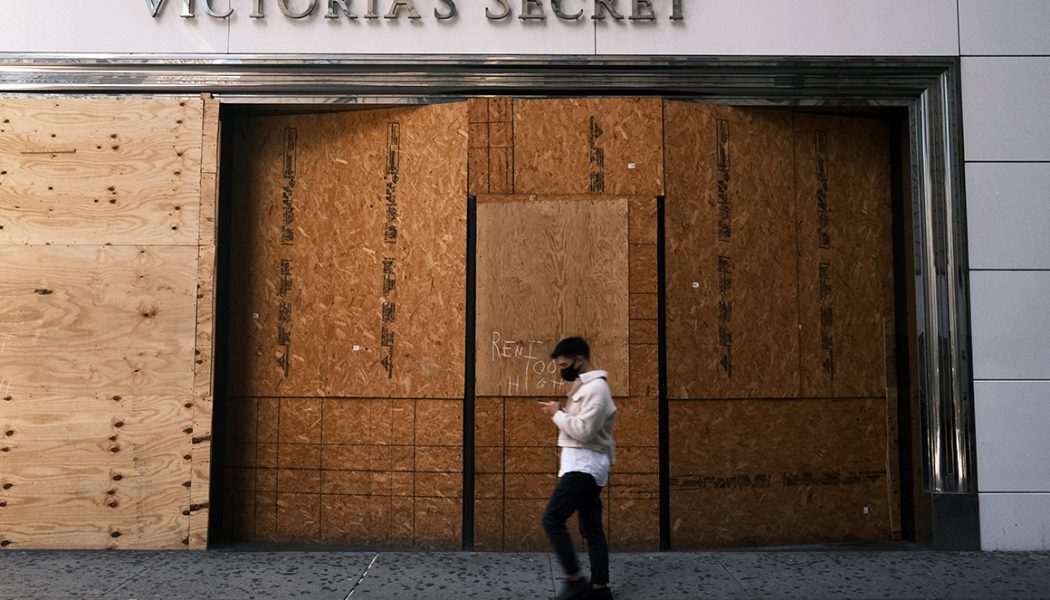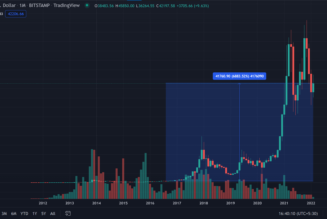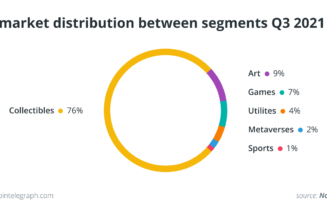
The widespread displacement of jobs has set off a scramble among workers to find new skills and careers — a situation that also presents a challenge for the government as it seeks to keep people employed and off the relief rolls. House Democrats are exploring pandemic aid that would fund efforts to retrain workers, providing them the skills needed to find jobs in other industries.
“When things shut down, there was a lot of delusion” that employment would soon return to normal, said Heidi Shierholz of the Economic Policy Institute, a former Labor Department chief economist. “Now, people are realizing that in industries where there’s a lot of social contact, many of those [jobs] are just not coming back” until well after there’s a vaccine.
Among those industries are restaurants, brick-and-mortar retailers, airlines and event planning, which continue to grapple most with unemployment even as the nationwide jobless rate creeps down. Hotel accommodation and food services have lost 12 percent of employees to different lines of work since February, while the arts, entertainment and recreation have lost 11 percent, Real-Time Population Survey researchers told POLITICO.
The longer the pandemic lasts, Shierholz said, the more likely the job shifts will continue beyond the end of the public health crisis. In September, the number of permanent job losers increased to 3.8 million, or about 30 percent of all those who have become unemployed since the pandemic hit, Labor Department data show.
In the meantime, some economists say, the government and companies should facilitate the shift, including by supporting worker retraining and untying pandemic aid from payroll retention as it was in the massive Paycheck Protection Program for small businesses.
The House-passed revised Heroes Act, Democrats’ proposal for the next economic relief package, contained more than $2 billion for worker training. House Ways and Means Chair Richard Neal (D-Mass.) is among the key lawmakers who support more workforce development efforts.
Rep. Steven Horsford, a Nevada Democrat whom Neal praised as a “leader on this issue,” said a comprehensive solution is needed.
“We need to rethink all of our worker training programs,” said Horsford. “How do we realign our workforce strategy … in order to help folks get back in the workforce [by] providing them with the skills and training they’re going to need?”
One complication is that this recession is different: Recent economic slumps have depressed demand across the job market and had fewer long-term effects, economists say. The Great Recession “affected people more evenly because it was a really great market downturn,” said Elizabeth Hanke, an economist at the conservative Heritage Foundation.
But the public health ramifications of Covid-19, including social distancing requirements and limits on travel, have resulted in certain corners of the workforce taking harder, and potentially more permanent, hits than others.
“Even though employment has been steadily increasing, the number of people working for the same employers [as they were] in February has been pretty steadily decreasing, which means that the increase in employment is coming from people who are working for new employers, rather than old employers,” Adam Blandin, one of the researchers behind the Real-Time Population Survey, said.
The steep wage losses since February were not “just a temporary situation” for many workers, said Kim Parker, social research director for Pew Research Center, which has done its own report.
Yet some economists say the lower-wage trend may be short-lived and pay could bounce back. Still, because wage growth slows most during a recession for workers who earn less, it’s just another way in which “low-wage workers are getting hit harder,” Shierholz said. And because Black and Latinx workers are overrepresented in low-wage jobs, “inequality is growing — not just inequality between classes, but also inequality between racial groups.”
Job postings and unemployment data also show which sectors the pandemic is hitting hardest. Employment in food services and drinking establishments was down by 2.3 million in September from February, according to the Labor Department.
Manufacturing had 647,000 fewer workers, and retail had 483,000 fewer. And job postings in hospitality and tourism declined more than 46 percent in September from last year, according to Indeed. In these sectors, continually crippled demand and an inability to perform work from home means people must seek work in another industry.
The travel industry “has been hit, and I think they’re going to lose a lot of jobs for several years,” said José María Barrero, one of the researchers published in Brookings. “There’s going to be potentially a lot of flight attendants and a lot of ground crews that are just going to have to look for a job potentially in a different industry.”
Factory workers have been left in the cold, too, with many forming some of the first and largest waves of layoffs. Yet increased automation in their absence has led to a notable recovery in output, with the industrial production index bouncing back to 99 in August — less than 10 points down from February. That will mean many of the job losses are likely permanent.
Laid-off manufacturing workers are most likely to be rehired in the service industry. It’s often lower-skilled workers who are the first to go, and when they do, low levels of education and barriers to relocation mean they will probably end up working in restaurants.
Between 2000 and February 2020, manufacturing lost about 5 million jobs. Over the same period, the food services industry gained roughly the same amount, Labor Department statistics show. The swap comes with a drop in wages — manufacturing workers made an average of $28.78 an hour in July, while food service employees made $15.50.
For many workers, that new job is within the same industry — just performing a different function. While 8 percent of workers were in a different job in a new industry in September than they were in February, another 8 percent were in a new job in the same industry, Real-Time Population Survey researchers said.
In retail, the stay-at-home economy has accelerated decades-old trends toward ecommerce, increasing the popularity of online retail and food delivery and thus creating openings for displaced workers. Loading and stocking, driving and retail job postings — all of which can be tied to ecommerce — are up from or at least on par with last year, according to Indeed. A laid-off restaurant server might find work as a delivery driver; a retail clerk whose store closed may get hired by a distribution center.
“[W]e do think a lot of the shift is going to be within sectors,” Barrero said. “The jobs that we are losing are the in-person jobs like waiters and things like that, and they’re being replaced by things like jobs in warehouses.”
Across sectors, younger workers are more likely than older ones to make the shift, according to Pew. Americans between the ages of 18 and 29 are twice as likely to be working in a new job as those between 30 and 49, and more than three times as likely as workers between 50 and 64.










